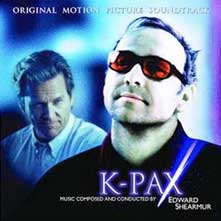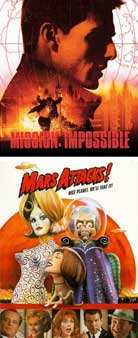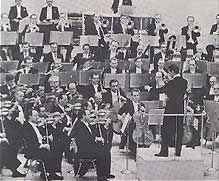I think I may have decided to start adopting parts of the genre labeling system that’s in use at discogs.com. I say this half-heartedly because I don’t relish the idea of re-tagging all 14,000+ songs in the library and I’m not sure it would be an improvement. But at the same time, I must acknowledge that my existing scheme is arbitrary and borderline fubar.
Part of the problem is that a while back, I started using my genre tags more as a list of stylistic keywords rather than general labels. I did this so I could take advantage of iTunes’ smart playlists to quickly find (or filter) specific styles of music. For example, a quick smart playlist consisting of Genre contains "downtempo" returns 471 songs that I can easily turn on for a chill-out mood. I can easily filter out trip-hop by adding Genre does not contain "trip hop" to the list’s criteria. Overall, the system works fairly well.
But the problem I’ve recently started encountering is the result of 2 dueling forces. On one hand, there’s no limit to how many attributes I can add to a genre tag; I can get very specific if I want to (Ambient Pop Electronic Trip Hop, anyone?). Conversely, I want to keep everything as streamlined as possible. at the moment, my iTunes lists 298 different genres. Scrolling through that many listings on an iPod is an exercise in frustration. To make matters worse, many of those ‘genres’ contain only one album or, in some cases, just a couple of songs.
The point of all this is that I’m conflicted as to what to do with my genre tags. In practice, I tend to cast a wide net when collating music for a playlist, so I’m inclined to include as many keywords as necessary. But I rarely filter based on the more specific criteria, preferring to just skip songs I don’t feel like hearing when the come up.
Though sometimes, filtering is necessary. Indie rock, in general, returns 1400 songs and I usually need to further cull one branch or another based on whatever mood I’m in.
So after writing all this, I may have talked myself out of tackling this.
How would you handle it?


 two danny elfman scores from 1996 made their way through my ears to my brain this week: mission: impossible and mars attacks! and while i enjoyed both films more than the general public seemed to, i had a mixed response to their scores.
two danny elfman scores from 1996 made their way through my ears to my brain this week: mission: impossible and mars attacks! and while i enjoyed both films more than the general public seemed to, i had a mixed response to their scores.